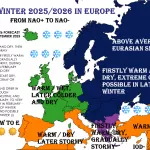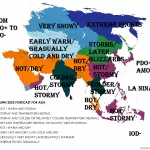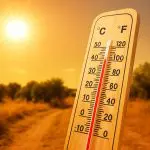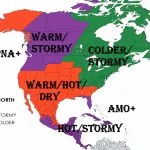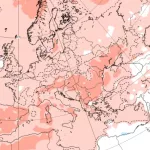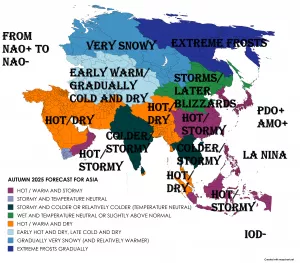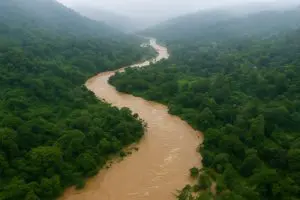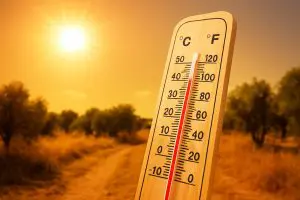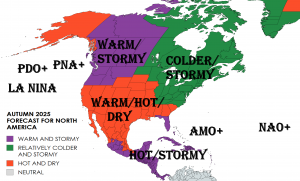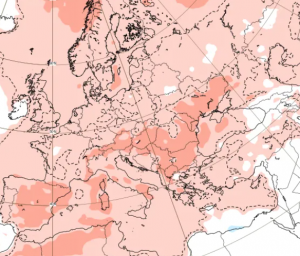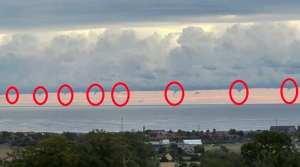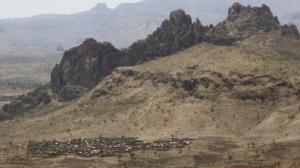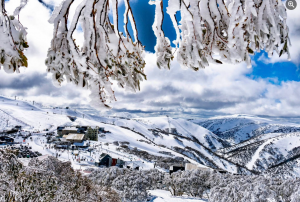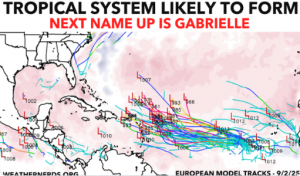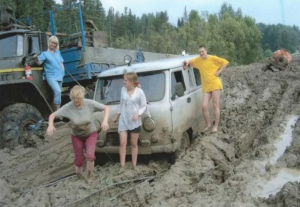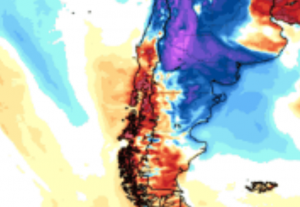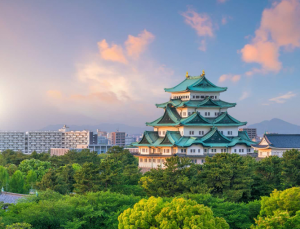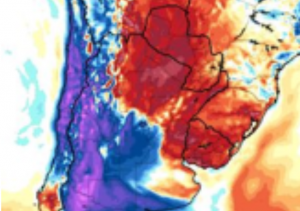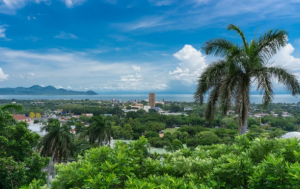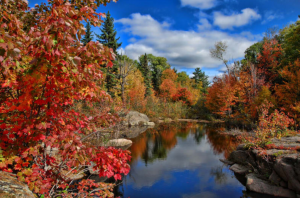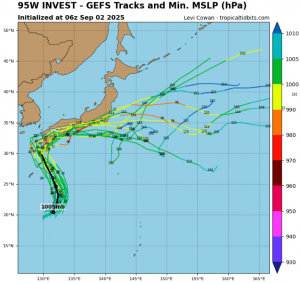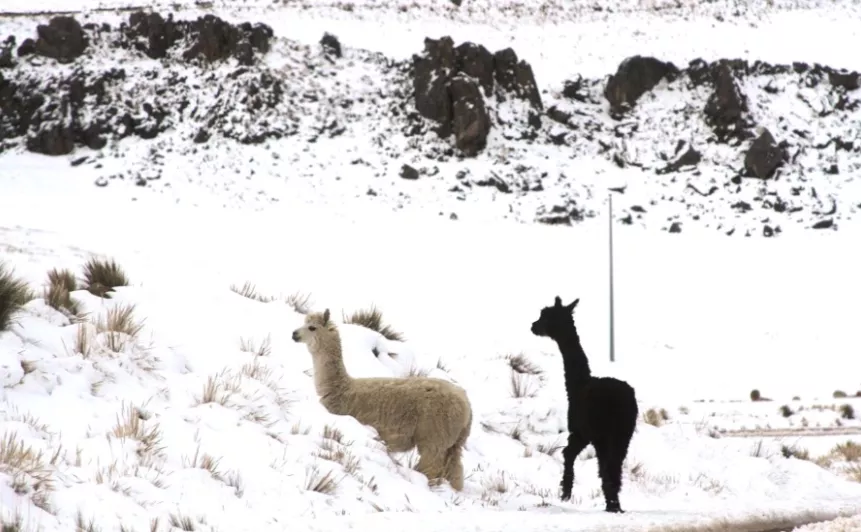
In early August 2025, South America experienced a significant drop in temperatures at high-altitude locations, setting notable lows in Chile, Peru, and Ecuador. These unusually cold readings highlight the extreme temperature variability present in the Andean region and its complex climate dynamics.
In Chile, two of the continent’s highest-altitude weather stations reported some of the lowest temperatures recorded this season. At Lago Chungará, situated at an elevation of 4570 meters above sea level, the temperature plunged to an intense -17.5 °C, underscoring the severe cold conditions that can occur in the high Andes. Nearby, the station at Visviri (4084 m) recorded a similarly frigid -15.3 °C, marking one of the coldest nights in recent years for the area.
Crossing into Peru, the high mountain site of Chuapalca, at 4250 meters elevation, registered a chilling -18.4 °C — an extreme low that reflects the harsh alpine environment of the central Andes. Such temperatures are indicative of strong radiative cooling overnight, often enhanced by clear skies and calm winds, which allow heat to escape rapidly from the ground.
While these cold extremes are not unusual at very high altitudes, the broader Andean region has seen more widespread unseasonable lows this season. For example, in Ecuador, the city of Latacunga (2785 m) experienced a temperature of -3.0 °C, which is roughly 10 °C below its August average. This drop brought temperatures close to the city’s all-time monthly low, signaling an anomalous cold spell for the typically milder elevations of Ecuador’s highlands.
These frigid temperatures at various elevations have important ecological and agricultural implications. Frosts at high and mid elevations can damage native vegetation and crops, particularly sensitive species that are not adapted to such extremes. Local farmers in these regions may face threats to their harvests and livelihoods as a result.
Meteorologists attribute these cold temperature events to a combination of factors including a persistent high-pressure system that promotes clear skies and calm nights, facilitating radiative cooling. Additionally, cold air drainage from mountain peaks into valleys intensifies overnight lows, especially in the dry winter months.
Such extremes—both cold and hot—are becoming increasingly common across South America, reflecting the continent’s climatic complexity and sensitivity to global atmospheric changes. While many discussions focus on rising temperatures and heatwaves, these cold episodes remind us of the broad spectrum of climate variability impacting communities in the Andes.
Monitoring and understanding these temperature fluctuations is vital for preparing local populations and ecosystems for future extremes. Continued investment in high-altitude meteorological stations and improved climate modeling will enhance early warning systems and help mitigate the risks associated with sudden temperature drops.
In conclusion, the record lows of -17.5 °C at Lago Chungará, -15.3 °C at Visviri, -18.4 °C at Chuapalca, and -3.0 °C at Latacunga illustrate a notable cold snap in the high Andes during August 2025. These events underscore the diverse and extreme weather patterns shaping South America’s mountainous regions today.

Illustration picture: https://andina.pe/ingles/noticia-tacna-high-areas-traditionally-record-lowest-temperatures-in-peru-613381.aspx

